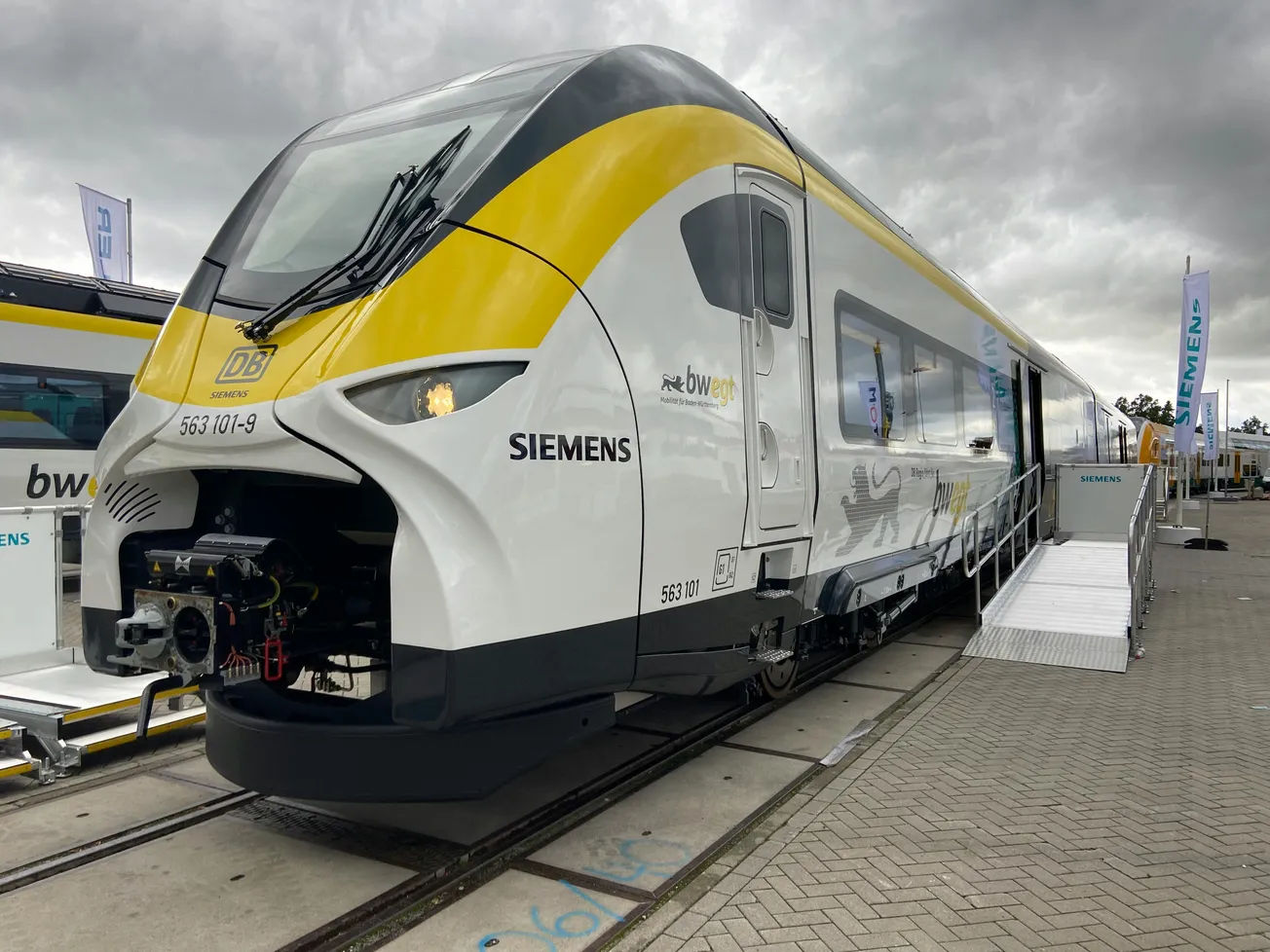Retailers in 2025 have a sharper focus on smart merchandising—a strategy powered by real-time data, automation, and personalized experiences.
With customer expectations rising, brands must evolve how they showcase products, manage inventory, and drive loyalty.
AI-Powered Personalization
AI is central to smarter product discovery. Predictive algorithms now tailor recommendations, pricing, and content based on real-time behavior, turning browsers into buyers faster.
Data-Led Decisions
Retailers increasingly rely on live performance insights to optimize everything from page layouts to shipping strategies. Metrics drive faster, more accurate responses to shopper behavior.
Digital Visual Merchandising
Online experiences are getting a major upgrade. High-quality product photos, video, and interactive elements like virtual try-ons are key to building trust and increasing conversion rates.
Omnichannel Integration
A unified experience across apps, websites, and physical stores is no longer optional. Tools like real-time inventory syncing, click-and-collect, and shared loyalty programs help retailers stay competitive.
Automated Merchandising Tools
Automation is cutting out guesswork in pricing, replenishment, and display optimization—freeing teams to focus on strategy and creativity.
Behavior-Driven Strategy
Smart merchants track how customers interact with their platforms, using those insights to refine product curation and messaging. The goal: maximize satisfaction and repeat purchases.
Experience-First Approach
Seamless navigation, mobile-optimized design, and frictionless checkout are all part of a more engaging digital storefront. In 2025, customer experience is the new conversion strategy.
Final Takeaway
Smart merchandising isn’t just a trend—it’s the future of retail success. Businesses that combine technology, data, and creativity will lead in 2025’s competitive landscape.








